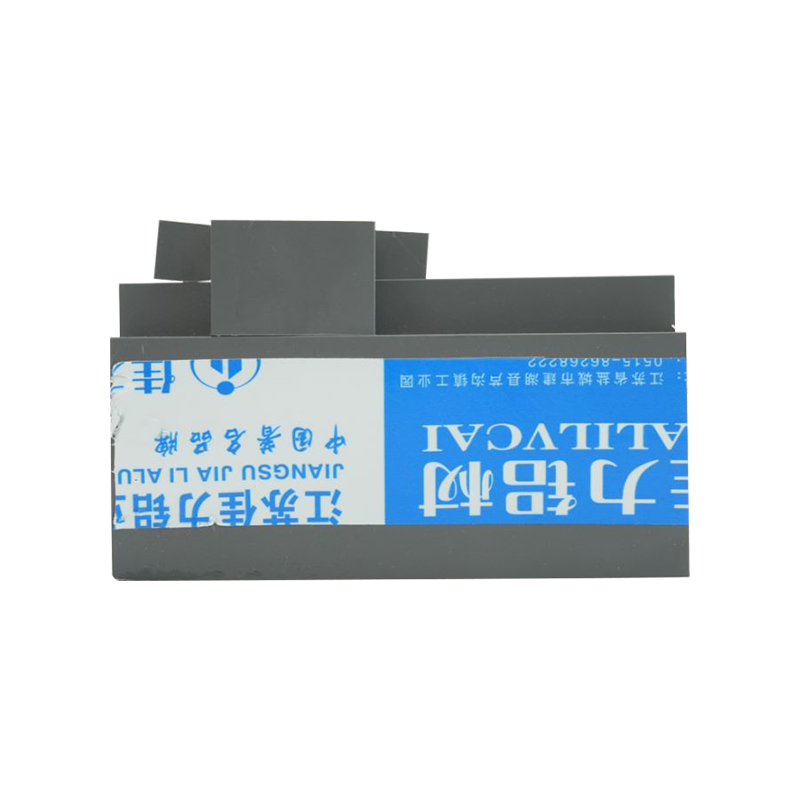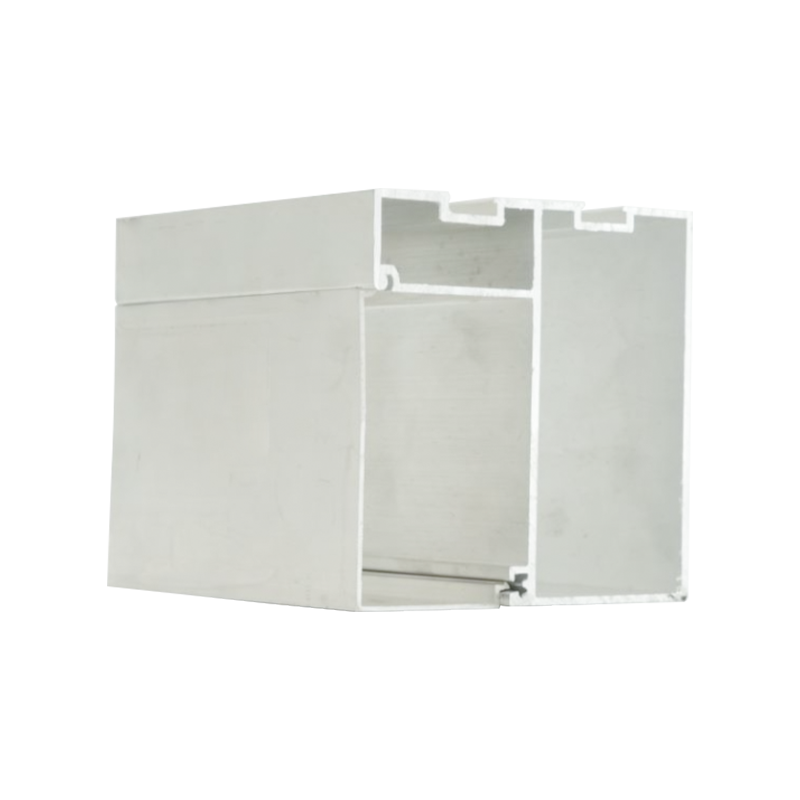1. Thermal expansion effect of aluminum radiator
At elevated temperatures, aluminum heat sinks undergo thermal expansion, that is, the size and shape of the heat sink will increase slightly as the temperature increases. This process is a common phenomenon in solid matter in thermodynamics: the volume of the material expands as the temperature increases due to the increase in thermal vibrations of the molecules. In high-temperature environments, this expansion process is particularly significant in aluminum materials, causing certain dimensions of the radiator to change.
2. The impact of thermal expansion on the installation stability of the radiator
The installation of radiators usually requires dimensional and shape stability. Especially in high-precision or space-constrained systems, dimensional errors of the radiator may affect its normal installation. In this case, thermal expansion of aluminum can create design and assembly challenges. For example, in a high-temperature environment near the engine, thermal expansion may cause the gap between the radiator and other components to change, which may cause loosening or extrusion, thereby affecting the installation stability of the entire system. In the long term, this instability may increase radiator fatigue and shorten its service life.
3. Effect of thermal expansion on fasteners and contact surfaces
Thermal expansion of an aluminum heat sink also affects its relationship to fasteners and contact surfaces. Fasteners are often used to hold the radiator in place and maintain a stable connection to other components. However, the thermal expansion of the radiator may cause the fasteners to be subject to tensile stress or compressive stress, causing them to loosen or lose their effectiveness, thereby affecting the fixation and heat dissipation effects of the radiator.
At the same time, the contact surfaces between the heat sink and other components, such as cooling fins or heat sinks, can shift due to thermal expansion. This will change the thermal conductivity of the contact between the radiator and other components, increase thermal resistance, reduce conduction efficiency, and thus affect the overall heat dissipation effect. Therefore, when designing an aluminum heat dissipation system in a high-temperature environment, it is necessary to consider the impact of thermal expansion on fasteners to ensure the efficient heat dissipation performance of the radiator.
4. Thermal expansion protection measures for aluminum radiators
In response to the above effects, various methods can be used in engineering design to reduce the effects of thermal expansion:
Increase installation clearance: Where possible, appropriate expansion space can be left for the radiator to avoid structural stress caused by high-temperature expansion.
Use thermal expansion matching materials: Use materials with similar thermal expansion coefficients in key locations to reduce the impact of thermal expansion on fasteners and contact surfaces.

 ENG
ENG
 English
English русский
русский 中文简体
中文简体 Español
Español bahasa Indonesia
bahasa Indonesia






